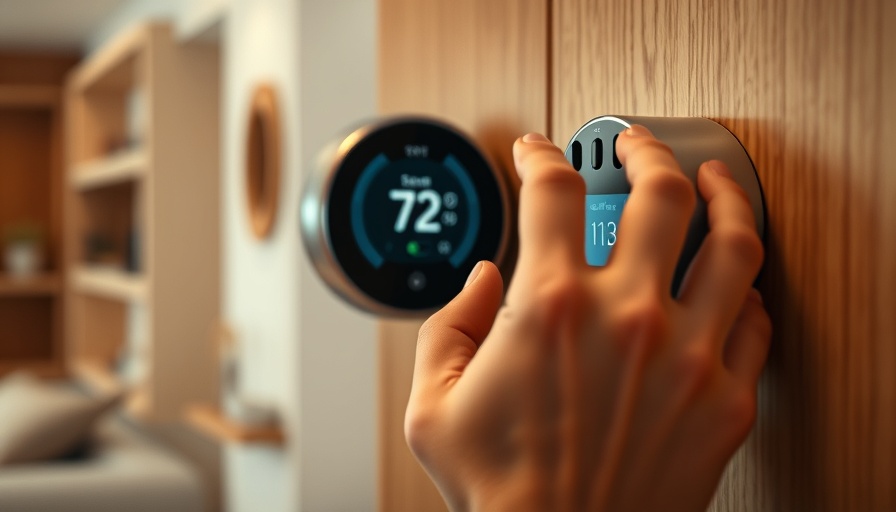
Understanding the Impact of Carpet Colors
When thinking about home décor, the color of your carpet is just as important as choosing the right furniture or wall paint. Carpet color affects not only the visual space of a room but also the feeling it conveys. For homeowners in Southeast Michigan, understanding how different colors can impact mood, ambiance, and style is essential.
Choosing the Right Color for Each Room
Each room in your home carries its own vibe, and selecting the appropriate carpet color can enhance that feeling. For instance, lighter shades like beige or light gray can open up your space, making small rooms feel larger. They reflect light beautifully and can help alleviate the sometimes gloomy Midwest winter days.
On the contrary, darker colors such as deep blues or charcoals can create a warm, inviting atmosphere that feels cozy — perfect for a bedroom or den where relaxation is key. If you choose this route, it’s important to balance it with adequate lighting to keep the space from feeling too heavy.
Exploring Neutral Carpet Colors: Versatility at Its Best
Neutral tones like beige, gray, and taupe are incredibly popular choices among homeowners due to their versatility. Furthermore, they complement almost any furniture and décor style. With their timeless sophistication, these colors allow you to change up your accessories and décor styles without worrying about whether your carpet matches.
- Beige: This classic choice adds warmth and works harmoniously in traditional and cozy settings.
- Gray: A staple in modern design, this color offers a chic look that pairs beautifully with bold accent hues.
- Taupe: A delightful blend of beige and gray, taupe brings both warmth and elegance to any room.
Because these shades are adept at hiding dust and minor stains, they are practical choices for busy households. However, it’s worth noting that they may still show stains more than darker hues.
The Appeal of Earthy Shades: Nature-Inspired Warmth
Earthy colors like brown, green, and terracotta are perfect for those who want to bring a touch of the outdoors inside. These hues create an inviting, natural feel that pairs beautifully with wooden furniture or stone accents.
- Brown: Offers a rich, warm look that can lend gravity and comfort to a space.
- Green: A calming choice, green works notably in areas meant for relaxation, like a home office or bedroom.
- Terracotta: This vibrant hue adds character and a sense of warmth, making any space feel cozier.
Using earthy tones not only promotes a natural feel but can also influence how you perceive temperature in a space — they often feel warmer than traditional colors.
Incorporating Bold Colors: Adding Personality to Your Home
If you're looking to make a statement, consider using bold colors like ruby red, vibrant blue, or sunny yellow for accent areas. These tones can energize a space and show off your personality. Just be cautious to keep the bold color limited to smaller areas or as accent pieces — like runners in a hallway or area rugs in a living room — to prevent overwhelming your space.
Best Practices for Selecting Carpet Colors for High-Traffic Areas
For busy areas in your home, it is advisable to choose carpet colors that are stain-resistant and can withstand daily wear and tear. Darker shades generally do better in handling life's spills and dirt. In addition, trying pet-friendly options could also be a smart choice for those sharing their space with four-legged friends.
Final Thoughts: Elevating Your Home's Aesthetic
A well-chosen carpet does more than just serve as flooring; it can enhance your home's overall value and ambiance. Whether you go for neutral tones, earthy shades, or bold colors, the right carpet color can create a welcoming, stylish environment that reflects your personality.
Ready to transform your space? Visit your local home improvement store or consult with an interior design professional to explore options that resonate with your style and meet your practical needs. Color choice can significantly influence not only how your home looks but how it feels — so choose wisely!
 Add Row
Add Row  Add
Add 




Write A Comment